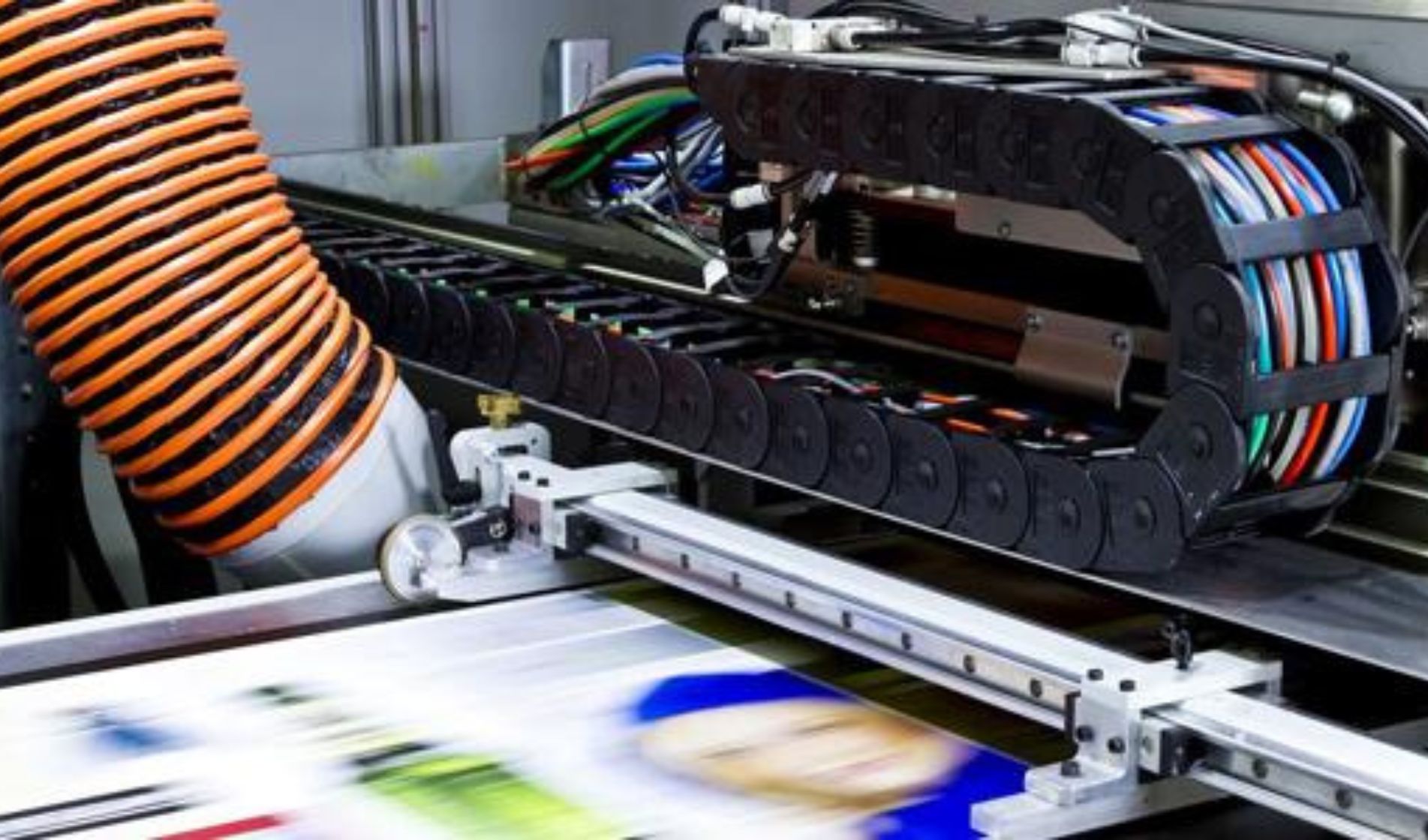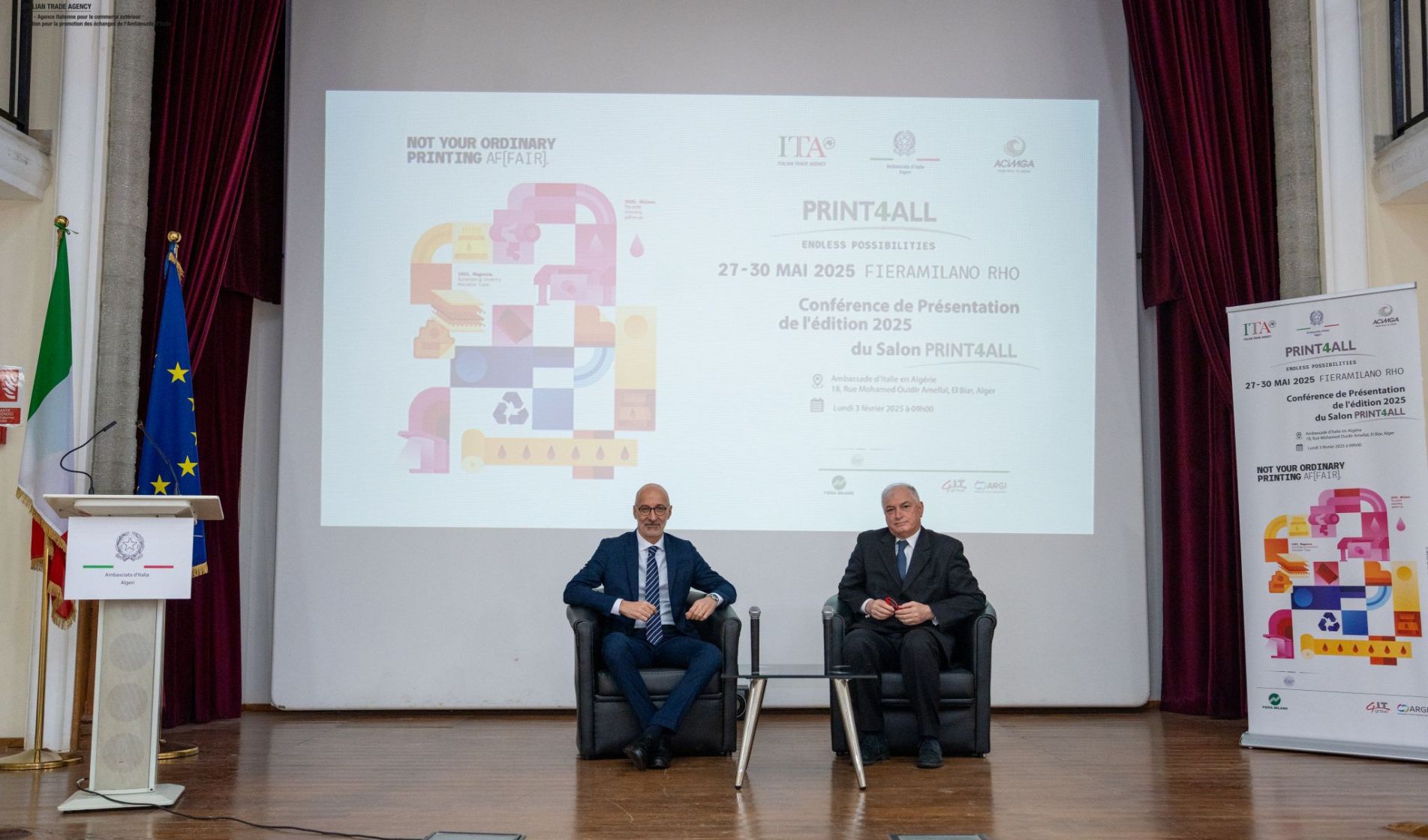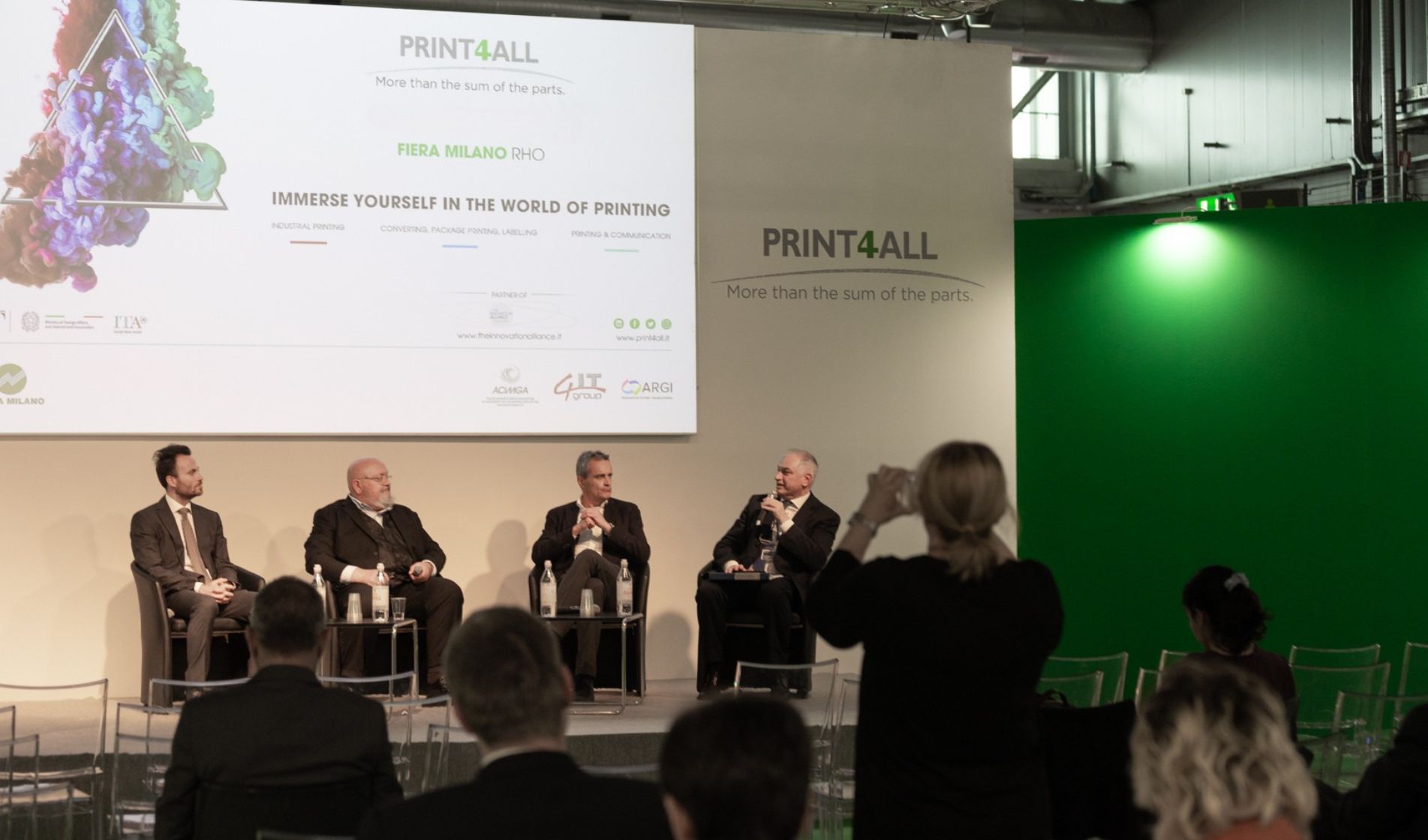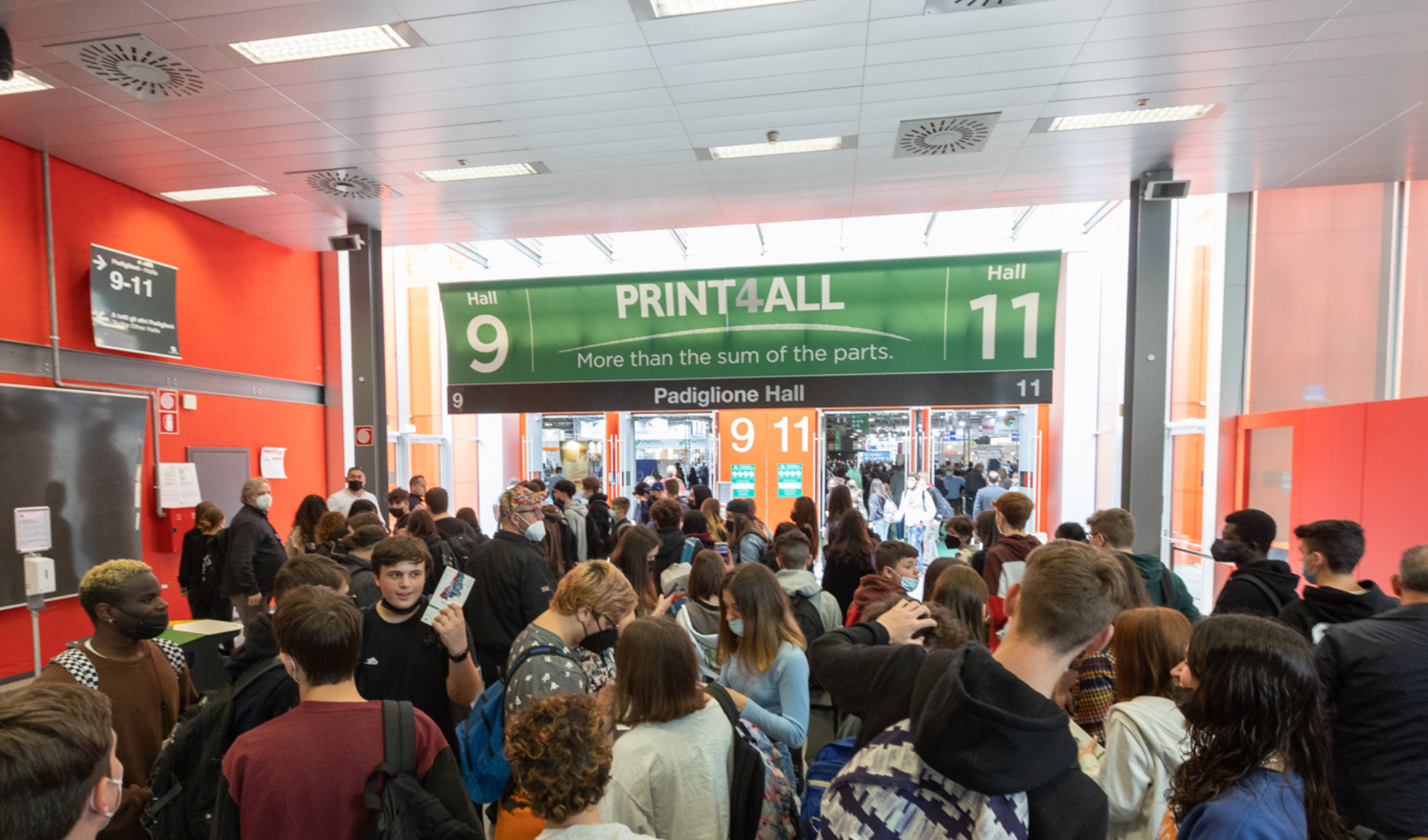Virtually all printers nowadays are under pressure. It is a clear sign that, as an industry, we are now experiencing the convergence of technologies combined with unprecedented supply chain and labour shortages, as well as changing customer needs. Print service providers can stay up-to-date by installing new machines, but equipment alone cannot cope with the complexities of the times. Print jobs must be integrated and prepared before they arrive at the press, which requires a combination of factors in the organisation: the right personnel, optimised processes and, of course, the right technology. The new convergence process requires printers to capture a snapshot of their organisation and develop business and production processes based on three strategic key points that have emerged in recent years:
1. The way print buyers and consumers purchase printed products has changed forever.
2. Print buyers in all market and consumer segments have new expectations.
3. Relationships matter, but so do skills.

The new print buyer
There are many ways to purchase printed products today. You can physically go to a print shop, but you can buy from that same print service provider through its website. Some turn to global web-to-print. The more traditional way of winning customers through a relationship with a salesperson remains essential. However, increasingly more companies consult multiple websites before deciding which company to entrust their printing work to. Dealing effectively with changes in the way print products are offered necessarily implies an in-depth understanding of the dynamics of the new print buyer. For most, price is key, but many argue that a good price in itself is not enough and are looking for interesting options, new ideas and a trusted partner to shape their projects. Some are looking for support in defining their vision. To optimally interact with print buyers, printers must think about how they present themselves to customers; they must look at their website and marketing material through the eyes of the customer. While it is not necessary to be present on Facebook or Instagram, a website that is optimised for mobile devices and that is easy to use is essential. If a print company offers web-to-print service or even less direct online sales, adding a template library to help print buyers assess the various options is fundamental, ideally with images of the finished job. Furthermore, integrating appropriate online design tools for print projects into the site is important. Both consumers and professional buyers tend to look for the easiest route to get the print they need, and all the details mentioned above are of great help in supporting them in this task!
New expectations
Print buyers are also retail buyers, so they are used to getting what they want faster than ever before. Their expectations as consumers transfer into their professional relationships, including the purchase of printed paper. Both consumer and professional buyers are often unfamiliar with the processes required to create the printed matter needed, so they may request that their ideas be produced in a time frame they consider reasonable. At times, it is impossible to satisfy them; in this case, the printer must explain exactly the reasons why the request is not feasible in the desired time frame. Educating customers is an important step in retaining them even if it is not always possible to meet their expectations. The first step is to communicate the time required by the print team to prepare the file, run the preflight, prepress, print and finish the different types of applications offered. For example, tracking the workflow and talking to the business teams can be a good idea. After assessing how long it will take to perform a given job, this information must be shared with all departments, especially the sales department, so that the time required to perform the job is assessed when making quotations. This verification is essential if we want to promise realistic delivery times. The delivery time factor is increasingly vital for customers, but it is clear that the print buyer prefers to have accurate information on this from the start, even if it is longer than expected. Delivery delays can have more negative consequences than one might imagine. Think of a restaurant receiving the new printed menus three days later than the opening day!
Elevate your potential
Convergence in our industry means adopting new technologies to support people and processes that help printers run their businesses. If print service providers with a single toner device could cope before the pandemic, they may find that installing a large-format printing system to create posters and decals could be strategic for expanding their business. Larger companies with a larger machine fleet might consider expanding their product catalogue. If a printing company has the production of books as its core business, it can print catalogues or magazines; if it makes posters, it can offer postcards with French-folded pages that open as posters; if it makes business cards, it can offer coupons, tags and postcards, perhaps including a digital link by adding a QR code to the print...When a printing project starts with a clear vision of what it will look like in the end, innovation happens.
At this stage, suppliers of printed products must consider whether their own finishing capabilities are adequate to meet new customer demands. Cutting, folding, binding, finishing, spot varnishing or tactile effects... adding new processes to the offer is important, but it is equally important to make sure that the sales team can effectively propose them to both existing and new customers. Discount policies also need to be continually updated by developing promotional packages that combine high-margin jobs with lower-margin products, small-format print offers with large-format; but also discounts for jobs with longer turnaround times.
Aligning promotional and sales activities with both online through the website and offline with renewed production capacity is more strategic than ever. Too often, print companies do not “sell” their full potential, missing the opportunity to achieve higher profit margins.
Printing convergence is a process that develops over time, but this phenomenon is now unfolding faster than ever before. A speed that while requiring agility to embrace change, also opens the door to various opportunities for further development for print service providers.







.jpg)
